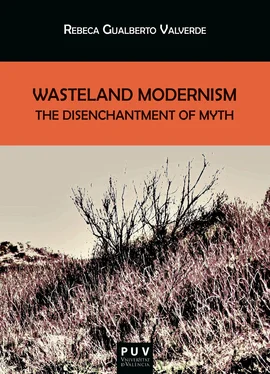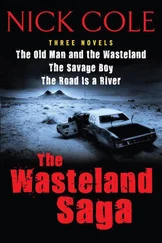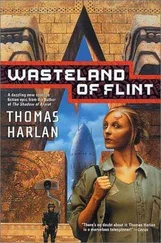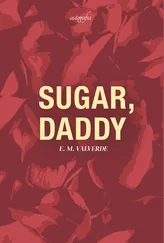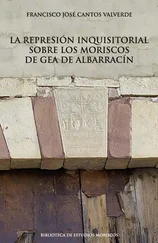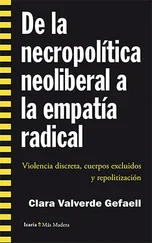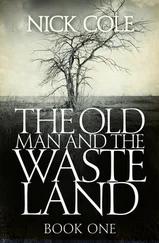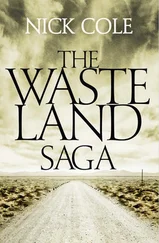5 Among the prototypes for the Grail found by Loomis, two are specially significant: the dish of Rhydderch (one of the Thirteen Treasures of the Island of Britain the power of which was that “whatever food one wished thereon was instantly obtained” (Loomis 58)) and a vessel in possession of Brân the Blessed, the Welsh counterpart of the Fisher King in the Mabinogion whose court of immortal knights feasted endlessly for eighty years (59). Even though today it is highly contested that, as Loomis’s claimed, the mistranslation of ‘horn’ into ‘body’ (both li cors in their Old French nominative forms) would explain the representation of the Grail as containing the Corpus Christi in the romances following Chrétien (Loomis 60-61), the need for such an argument illustrates the radical transformation undergone by the Grail myth already in the Middle Ages: what seems in origin a pagan talisman of plenty, quickly transformed into the sacred container of the Holy Body of Jesus Christ.
6 The explicit transformation of the mystical Grail into the Holy Chalice, a sacred relic from Christ’s passion, is found in Robert de Boron’s Joseph d’Arimathie , dated from soon after de Troyes‘s
composition of Perceval . Carey hypothesizes that, “having been struck (and perhaps disturbed) by Chrétien’s description of the ‘so holy thing’, Robert set out to account for the Grail’s origin and nature—situating in this time unequivocally within the framework of sacred history, as the fragmentary account in the Conte del Graal had conspicuously failed to do” (138).
7 An interesting manifestation of the Waste Land theme is found in Perlesvaus, possibly the earlies prose romance written in Old French at the beginning of the thirteenth century (Ramm 1). This is a “fascinatingly anomalous” text that “refocuses many of the principal pre-existing ideas and figures surrounding the Grail in a dark and unique work” (Griffin 80). In this version, the motif of the Waste Land “is composed of a number of interwoven, criss-crossing stands: the physical blighting of the land, the decline of Arthur’s chivalry, the proliferation of war and dissension throughout his Kingdom” (Kennedy 224). Curiously, and despite the anomalies of this prose romance, this particular construal of a Waste Land desolate by war and suffering as consequence of the collapse of civilization—in this case, of Arthurian civilization—is an expressive example of the Waste Lands that proliferate in later romances and which clearly resonate in present-day revisions of the myth.
8 The final step in the Christianization of the story of the Grail takes places in Malory’s sources: the Estoire del Saint Grial and the Queste del Saint Graal , two volumes of the Vulgate Cycle , a large cyclic work in prose, hugely popular and, even though originally composed in French, written in several other languages too between 1215 and 1230 (Loomis 146-147).
CHAPTER 1
“Shall I at least set my lands in order?”:
Post-War Mythopoeia in T.S. Eliot’s The Waste Land
I
When attempting a myth-critical analysis of T.S. Eliot’s The Waste Land , “the most famous use of anthropology in modernist literature” (Manganaro 79), it seems practical to follow the author’s advice and go back to the critical sources that he identifies as fundamental references for understanding how myth operates in the poem. These are Jessie L. Weston’s book on the Grail legend From Ritual to Romance (1920) and James George Frazer’s wide-ranging anthropological study The Golden Bough (1890) (Eliot TWL 21). 1 Of course, critics have agreed over the decades that the influence of Weston’s book was somewhat limited in the actual composition of the poem. 2 Yet, it is reasonable to argue that the choice of the ‘waste land’ as governing metaphor in the poem may have been influenced by Weston after all, serving as “a structural or guiding model for [the] poem” and not as a clue to “reveal a hidden meaning” (Ullyot 48). Significantly, as Ullyot explains, Weston implicitly argues that “the very wholeness of medieval romance is the symptom of the loss of (…) ritual” (49), which is a fundamental topic in Eliot’s poem. Simultaneously, as also noted by Ullyot, Weston suggests that “scholars must focus on the story of the Waste Land and the wounded Fisher King in the Grail romances rather than on the story of the hero’s quest” (49), for it is the terre gaste that holds the core meaning of the Grail myth. 3
As Arthurian experts Lupack and Lupack note, Eliot probably recalled this centrality of the wasteland and of its need for restoration as a unifying motif of the Grail legend (114-15). This may explain the “structural and methodological” indebtedness to Weston (Ullyot 48) of a poem in which references to the Waste Land myth, shaped in different ways, provide a discontinuous rhythm to a great complexity of mythical, religious, historical, and literary allusions. Notoriously, F. R. Leavis once claimed that “a poem that is to contain all myths cannot construct itself upon one” (92). Indeed, The Waste Land is not construed solely upon a single myth, but it does juxtapose unsettlingly “clipped fragments” (Longenbach “Radical” 452) that do not feel coherent due to narrative continuity or dramatic situation, but “because of a swiftly established certainty of tone” (452) that is eloquently expressed in the guiding elements that make up the Waste Land myth: the theme of illness, the topics of sterility and sexual impotence, the narrative structure of the quest, the trope of the king’s sacrificial death, the cyclical movement of the seasons, and the communal longing for regeneration. Moreover, Weston’s myth-ritualist perspective offers a representational advantage since the claim that every rite of sacrifice inheres to the later myth allows for a presentation of ritual as an embodiment of myth. 4 In effect, this reverses the loss of ritual that produced medieval romance, which in effect constitutes a remaking of pre-modern myth much in line with modernist mythopoeia.
A distinguishable feature in the representation of the myth of the Waste Land in Eliot’s poem are the various Maimed-King figures that often take the shape of several incarnations of the divine king who, according to Weston, “hovers in the shadowy background” of our history (62). The Fisher King is “a romantic version” of this “divine or semi-divine ruler, at once god and King, upon whose life, and unimpaired vitality, the existence of his land and people directly depends” (62). He is not an archetype for every character in the poem, nor does he articulates, as an individual self, the many voices in the poem. 5 He is, however, a paradigmatic model for a high number of characters. The Waste Land is, after all, the consequence of the Fisher King’s injury, and thus he must be either healed or successfully succeeded after a sacrificial death so that the Waste Land can be restored. 6 Both scenarios are repeatedly represented in the poem, and both are portrayed as ultimately futile. Perhaps, since succession stories are better established throughout tradition, scenes of sacrificial killings are also more numerous in The Waste Land . Victims such as the Phoenician sailor in “Death by Water,” Jesus Christ in “What the Thunder Said,” or Stetson’s corpse in “The Burial of the Dead” are only the most well-known among several examples of “the same mythic impulse toward insuring the fertility of the earth by ritualistically killing heroes and kings” (Brooker and Bentley 67). The impulse is, however, entirely moot.
The myth, reshaped and rewritten, is transformed from a myth of regeneration to a myth of degeneration. Such degenerative reinterpretation is carried out mostly by a multiplication of symbols that are progressively more and more ambivalent and unreliable. Segal claims that, while “myth is commonly taken to be words, often in the form of a story,” myth-ritualism remakes it so it “does not stand by itself but is tied to ritual” ( Myth 61). Myth becomes an action, necessarily transcendent; it encodes the magical meaning to warrant the survival of the community. It has a social purpose. It supplies “a structure of values” (Litz 6). It holds the community together and ensures its proper functioning. Yet, if the myth of regeneration that secures communal survival is transformed, rewritten as a myth of degeneration, its magical meaning is upended: the myth will no longer redeem the community but enact its dissolution.
Читать дальше
